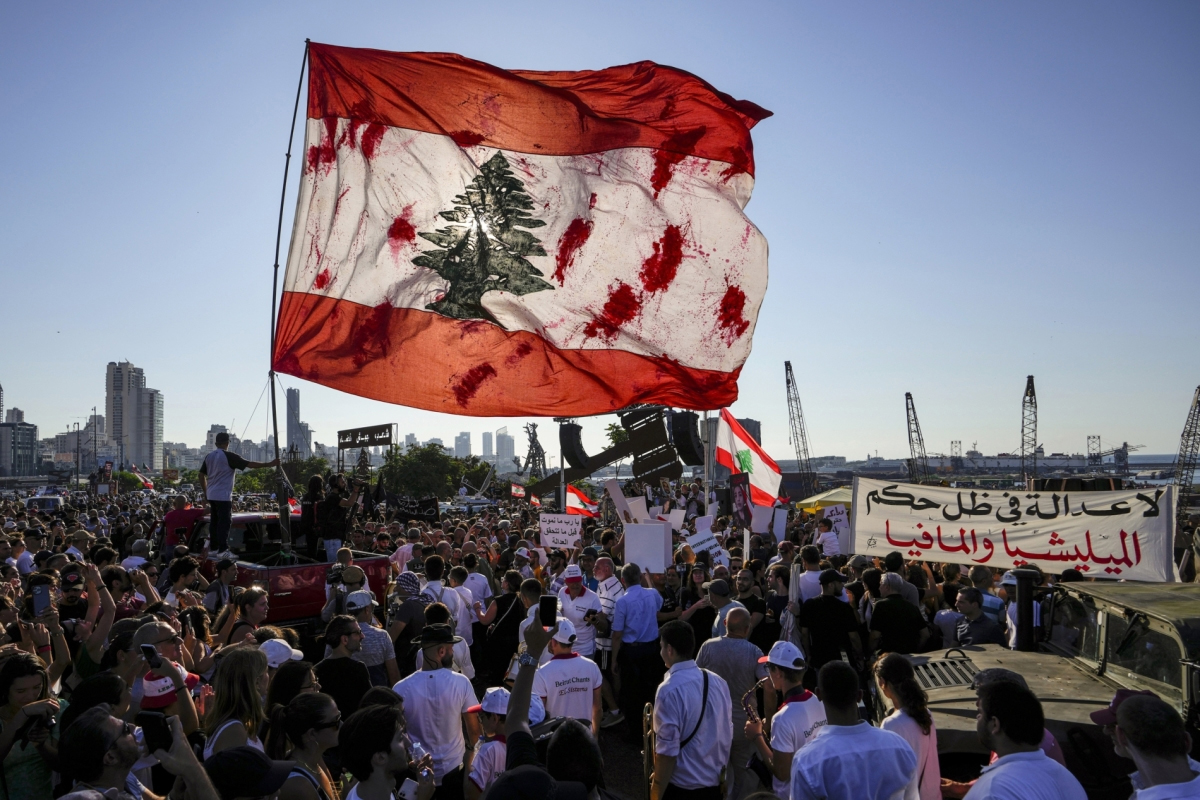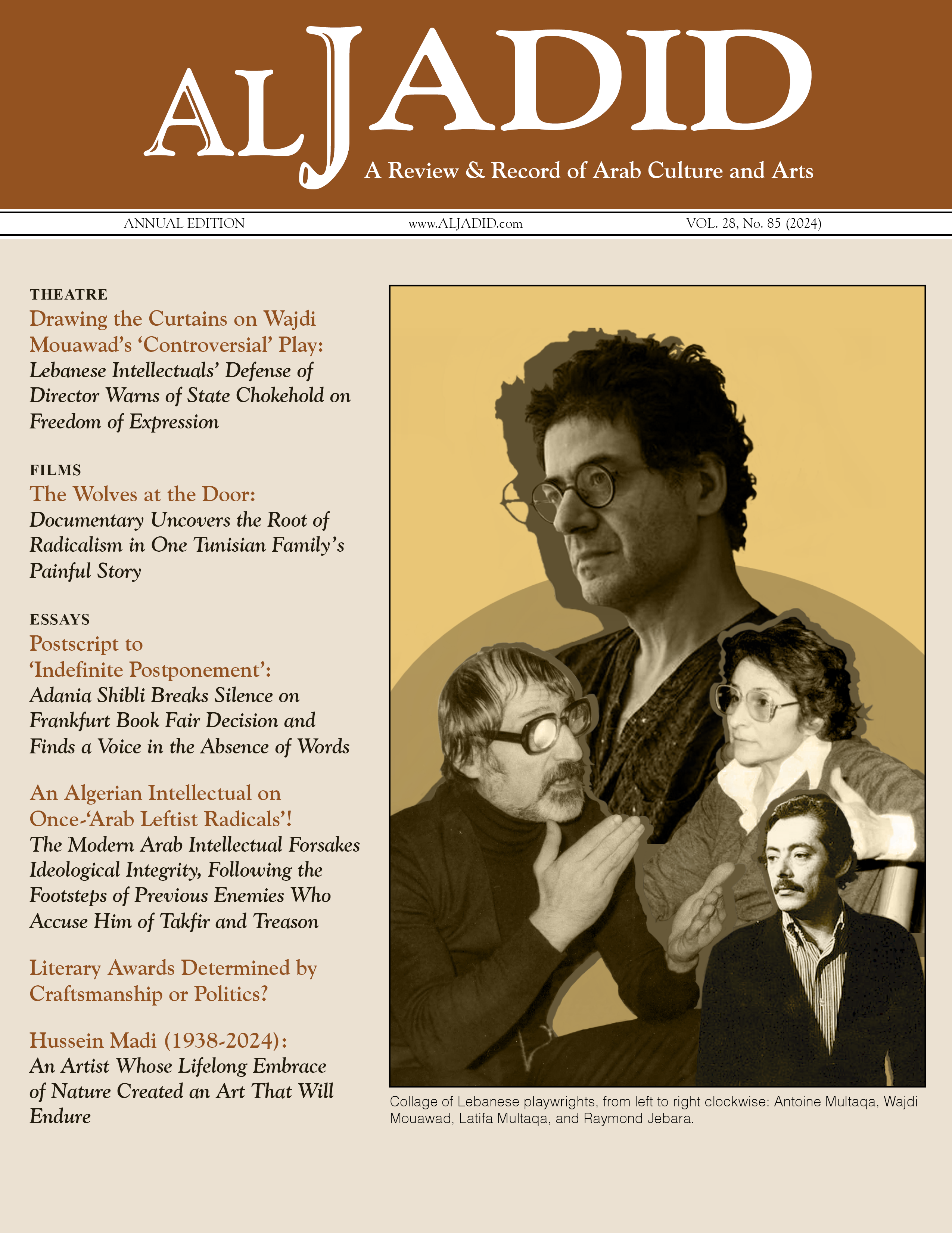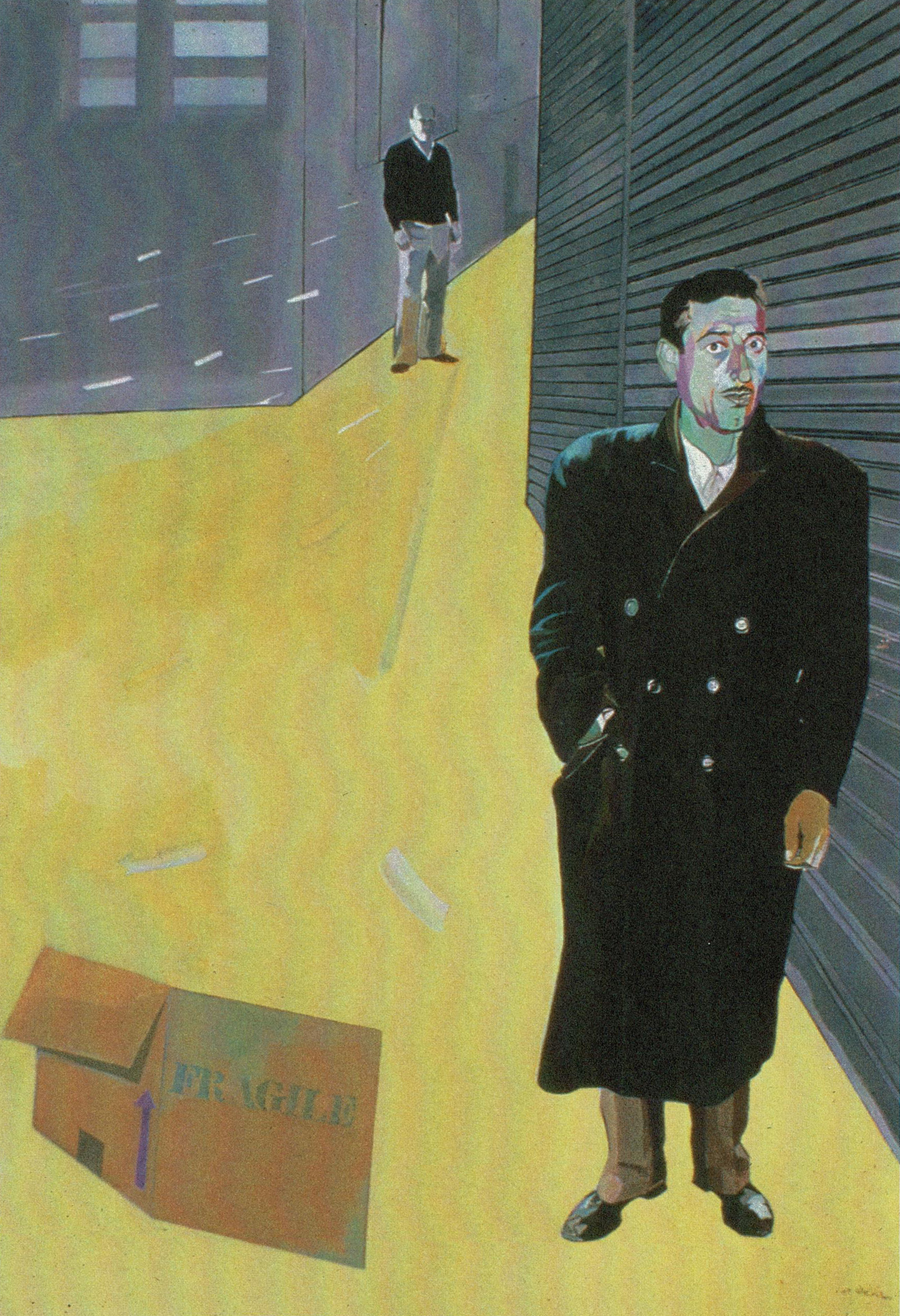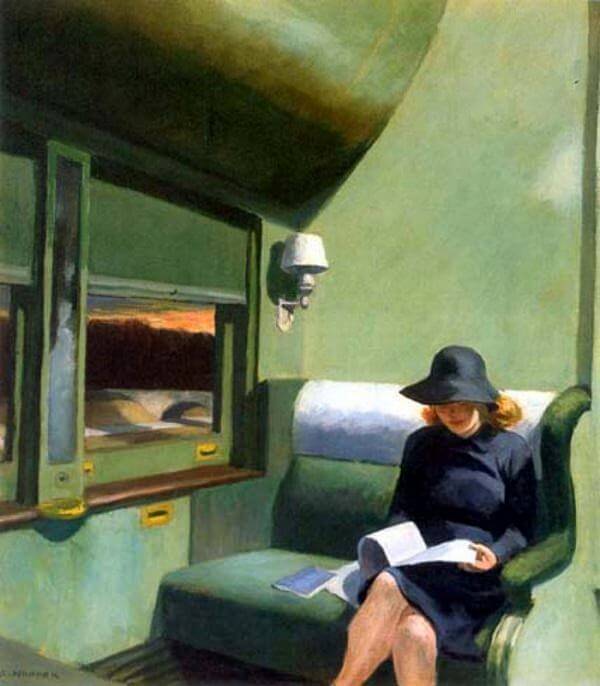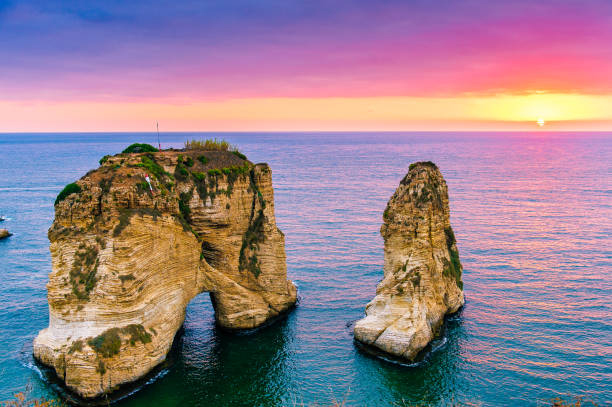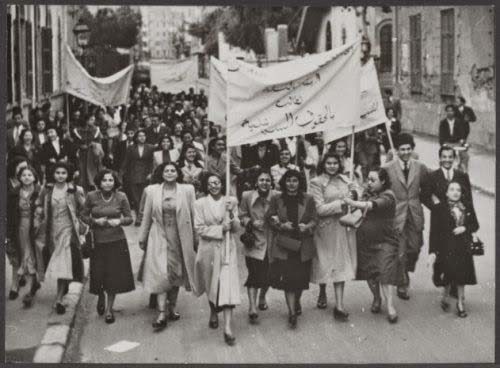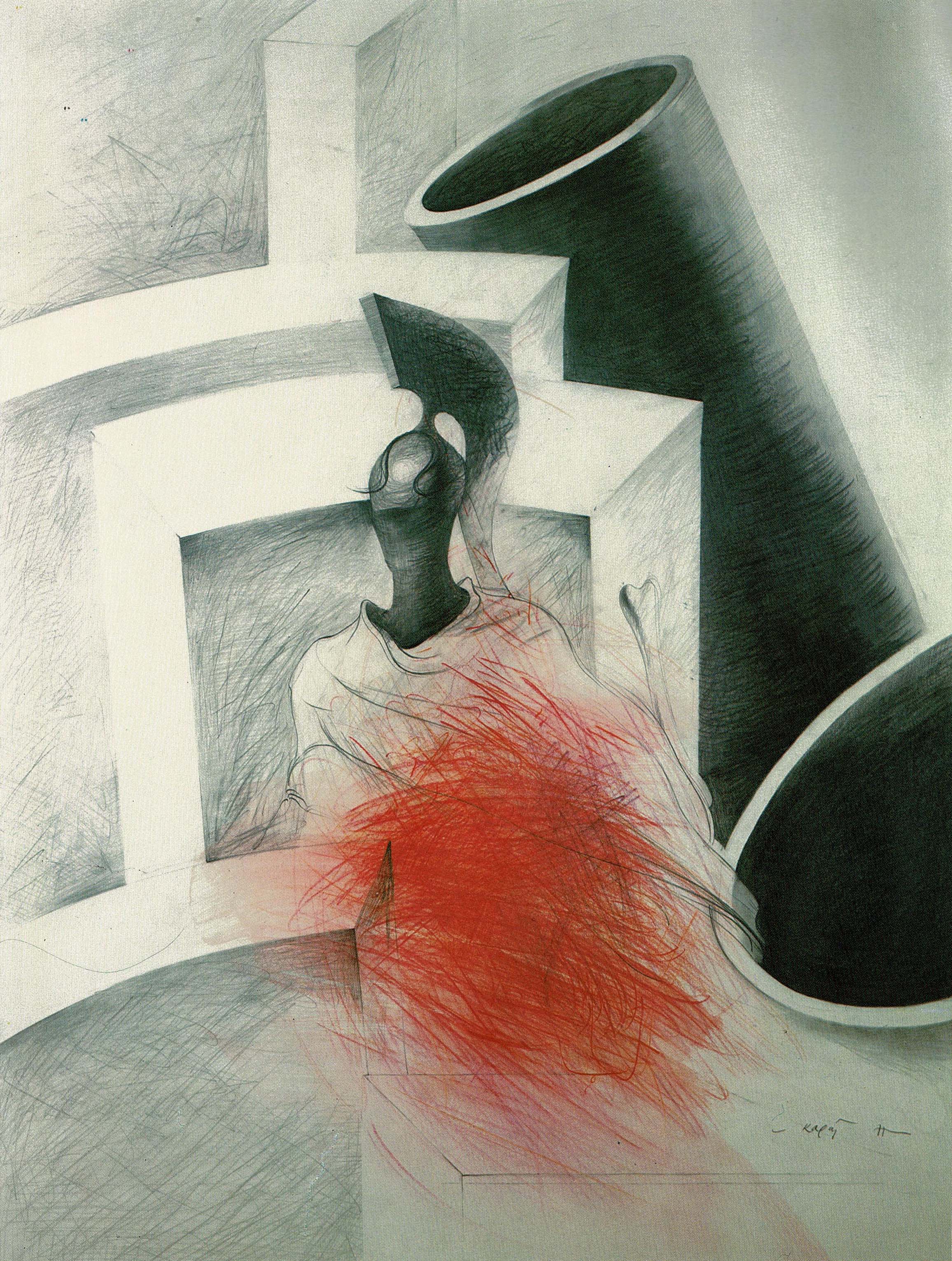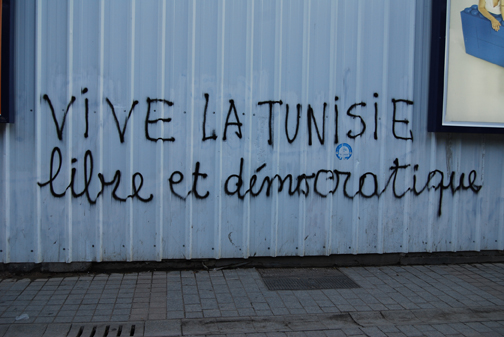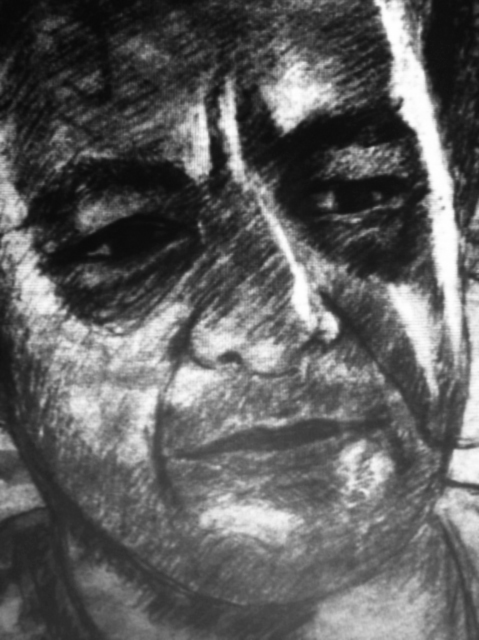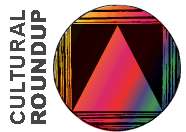
Evelyn Shakir: Memoirs of an Arab-American Writer, Teacher, and Humanist
Teaching Arabs, Writing Self, Memoirs of an Arab-American Woman
By Evelyn Shakir
Olive Branch Press. 2014. 170 pp.
Documentary Film Gives Voice to the Erotic Body
Jasad & The Queen of Contradictions
Directed by Amanda Homsi-Ottosson
Women Make Movies, 2011, 40 minutes
“Jasad & The Queen of Contradictions” is a short documentary about “Jasad,” the Arabic journal of erotic arts founded and edited by Joumana Haddad, the Lebanese author, poet, and feminist.
The Only Diner in the Restaurant: A Travel Writer’s Perspective on the Arab Spring
A Tourist in the Arab Spring
By Tom Chesshyre
Bradt Travel Guides, Ltd., The Globe Pequot Press Inc., 2013
When the first violent images of the Arab Spring flashed across our television screens, most of us watched with interest, wished the demonstrators more or less success in their efforts, depending on our points of view, and then got on with our lives.
The American Mirage: Immigrant or “Un-American?”
In the House UN-American
By Benjamin Hollander
Clockroot Books, 2013
“In the House UN-American” is about tribes, how they differ and whether it’s possible to become a member of one you weren’t born into. Carlos ben Carlos Rossman, a Puerto Rican Jew (a double-pronged tribe!) lands in New York Harbor in 1950.
The Uncompromising Voice of Syrian Screenwriter Fouad Hamira
Fouad Hamira, who began as an employee in the National Theater, has gone on to become one of the leading voices in Syrian television drama. He is renowned for his unwillingness to compromise with the forces of societal and political oppression. His controversial “Ghazlan fi Ghabat al-Dhi‘ab” (Gazelles in a Forest of Wolves), which was filled with a poignant critique of corruption and the abusive nature of power, was finally allowed to air in 2006, although he had written the miniseries 15 years earlier.
Wives in Tension
Women of Turkey: Between Islam and Secularism
A film by Olga Nakkas
Turkey/Lebanon
WMM, 2006

